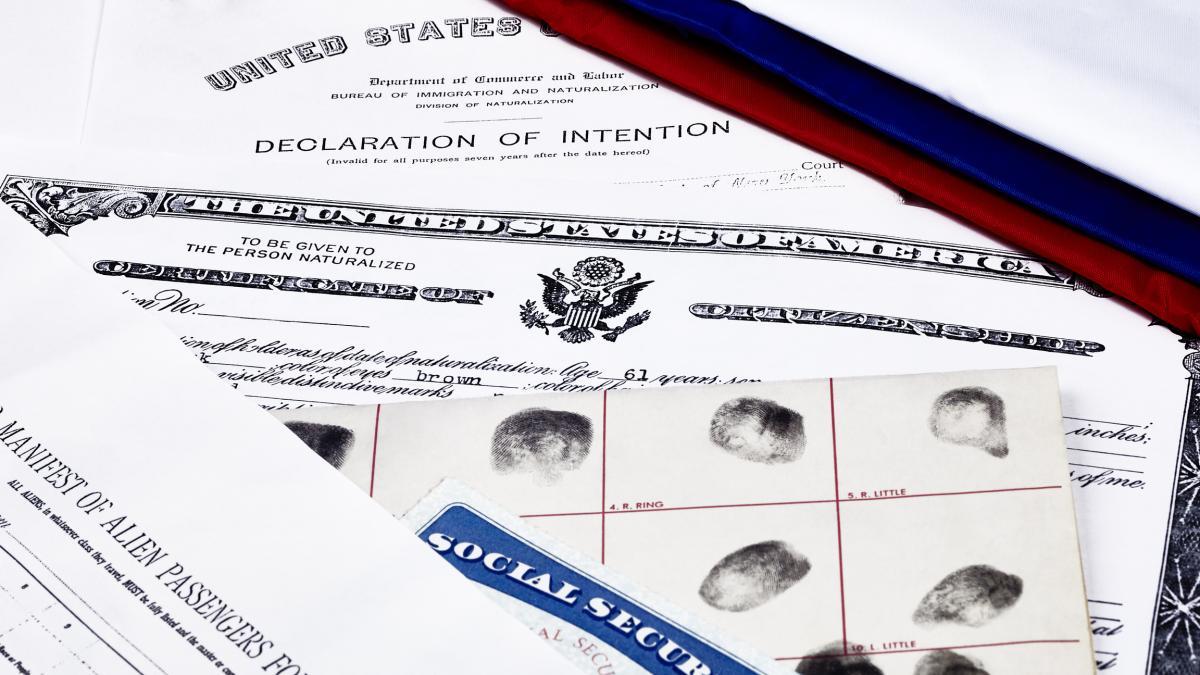In Finland, too, the media have reported that cases have been reported in Norway in which the same person has been infected for a short time, first due to the original micron transformation and later due to its BA.2 sub-variant. The Norwegian virologist denies the allegations to HS.
Coronavirus the rapidly propagating omicron transformation has caused worldwide concern due to the rapid rate of propagation and its sub-variant.
Uncertainty has arisen as to whether the BA.2 variant of omicron, which is becoming more common in Finland, could infect those who have recently contracted the disease caused by the original omicron variant, ie the BA.1 variant, on a large scale.
In Finland, too, the media have reported that cases have been reported in Norway in which the same person has been infected for a short time, first due to the original micron transformation and later due to its BA.2 sub-variant. HS has also referred to such information.
The Norwegian Public Health Authority, the Folkehelseinstituttet (FHI), disputes the allegations against HS.
“No re-infections have been reported in Norway where the first infection was caused by sub-variant BA.1 and the second by BA.2,” confirms the virologist by e-mail. Karoline Bragstadwho works as the head of department at FHI.
Bragstadin According to him, the allegation is based on a misunderstanding in the Danish media, the reasons for which he does not know.
Danish newspaper Jyllands-Posten reported last week that a misunderstanding occurred when a chief physician at the Danish Public Health Institute’s Statens Serum Institut (SSI) said in an interview with Danish television in January that there had already been cases in Norway where a person had first become infected with BA.1 and had been infected shortly after BA.2. .
According to Jyllands-Posten, by the beginning of last week, no case had been confirmed in Denmark where the BA.2 sub-variant had re-infected people who had previously received a micron transform.
According to THL, no such re-infections have been confirmed in Finland either. In Finland, however, there are clearly fewer official coronavirus tests than in Denmark, and the samples are not sequenced as systematically as in Denmark.
How should the sub-variant of omicron be viewed in the light of current knowledge?
“I find it quite unlikely that a BA.1 infection would occur immediately after a BA.1 infection,” says a professor of virology. Ilkka Julkunen From the University of Turku.
“But if there are a lot of diseases, exposures and infections in the population, there can certainly be individuals who get a recurrent infection.”
According to Julkusen, a recurrent infection is more likely to occur in a person whose immune protection is weak due to, for example, age, medication, or a background illness.
“The immune protection that comes with a basic healthy person is quite good if you have taken the vaccines and contracted the disease. I would be surprised if the combination did not provide protection against a new infection for several months on average. ”
Read more: It is estimated that one in three people in the Hus area is already infected – Is there any benefit from a previous coronary infection as the virus continues to transform?
Also Representatives of the Helsinki and Uusimaa Hospital District (Hus) have publicly referred to Norwegian omicron re-infections, allegations of which have since been refuted by the Norwegian FHI.
Chief Medical Officer Markku Mäkijärvi Hus still considers it possible that some of the infections in Norway were caused by a person first suffering from the original omicron transformation and then from a disease caused by BA.2.
He bases his interpretation on the Norwegian health authorities to a recent reportthe re – infection part of which leaves room for interpretation by the reader.
“We know that the Norwegian microphone conversion came to Norway in November and the BA.2 sub-variant in December. When it has been reported in Norway that re-infections have been detected there within 60 days of the previous infection, this does not rule out the possibility that there may be re-infections among them, where both infections are micro-infections, ”says Mäkijärvi.
Julkusen others may be susceptible to new coronary heart disease within a few months infection, some in six months or a year.
It is individual how high antibody levels rise after an illness or vaccinations. Antibody levels fade over time as vaccination or disease develops.
It is also not known how much of the neutralizing antibodies in the body as a result of vaccination or illness are enough to prevent self-infection.
More important than antibody levels is that the second part of the defense response, so-called cell-mediated immunity, remains good long after vaccination or disease.
Cell-mediated immunity prevents the development of a serious form of the disease.
Mäkijärvi vaccinators should not be worried about possible re-infections, as the defense against vaccines and the disease against a serious illness is good.
However, Mäkijärvi states that since the BA.2 sub-variant of omicron appears to be more contagious than the original omicron variant, the sub-variant may bring more corona patients to hospitals when occupying the sector in Finland. There are still more than half a million people over the age of 12 in Finland who are completely without vaccine protection.
“If someone who has not been vaccinated has managed to avoid the disease so far, they will still be able to find him,” says Mäkijärvi.
Omicron conversion The potential of the BA.2 sub-variant to infect those already infected with self-infection has been speculated that the surface structure of the sub-variant has more mutations compared to the original self-transformation compared to the coronavirus and delta variant spread two years ago in Wuhan.
According to Julkusen, conclusions cannot be drawn from the number of mutations alone. The ability of the virus to re-infect is also affected by the structure of the changes in the surface protein of the virus.
“Based on what I have looked at the sequences and become familiar with the immune protection of covid-19, I would interpret that the immune protection provided by the BA.1 variant of omicron against the BA.2 variant of omicron is at least reasonably good,” says Julkunen.
#Coronavirus #information #related #feared #subvariant #omicron #transformation #based #misunderstanding #BA2 #confirmed #previously #acquired #omicron #Norway






